Home>Gardening & Outdoor>Landscaping Ideas>How To Kill Brome Grass
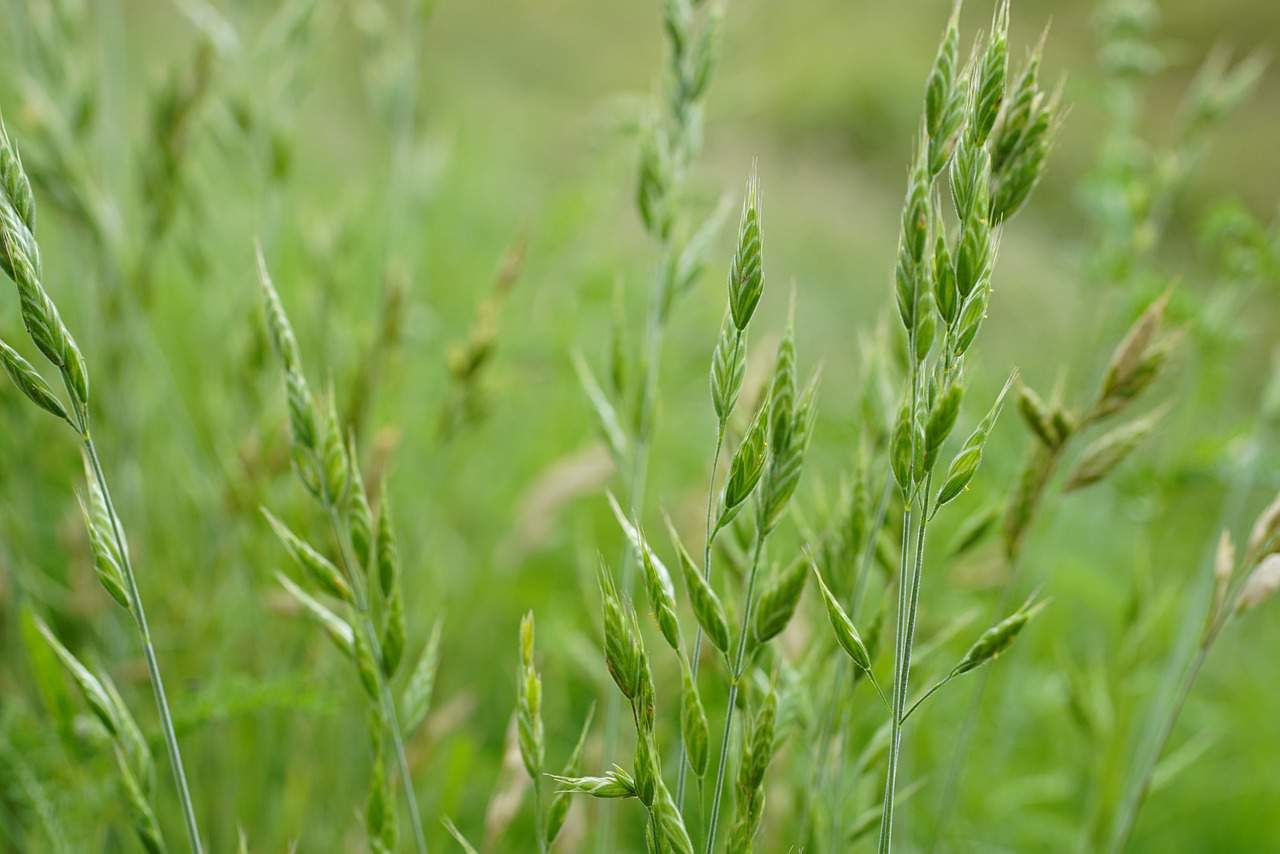

Landscaping Ideas
How To Kill Brome Grass
Published: January 24, 2024
Learn effective landscaping ideas to kill brome grass and improve the health of your lawn. Discover expert tips and techniques for effective brome grass removal. Boost your landscaping efforts today!
(Many of the links in this article redirect to a specific reviewed product. Your purchase of these products through affiliate links helps to generate commission for Storables.com, at no extra cost. Learn more)
Introduction
Welcome to the ultimate guide on eliminating brome grass from your landscape. Dealing with brome grass can be a challenging endeavor for any landscaping enthusiast. This invasive weed has the potential to overtake and disrupt the beauty of your carefully curated outdoor space. However, fear not, as this comprehensive guide is designed to equip you with the knowledge and strategies needed to effectively combat and eradicate brome grass.
Whether you are a seasoned gardener or just starting to explore the world of landscaping, understanding how to identify, prevent, and control brome grass is crucial to maintaining a healthy and vibrant outdoor environment. In the following sections, we will delve into the characteristics of brome grass, methods for identifying its presence, and a range of control techniques, including mechanical, chemical, and organic approaches. By the end of this guide, you will be well-prepared to tackle brome grass infestations with confidence and achieve a flourishing landscape that is free from this persistent weed.
Key Takeaways:
- Brome grass is a persistent weed that can disrupt your landscape, but by understanding its characteristics and using proactive prevention methods, you can effectively manage and suppress its growth.
- Implementing a combination of mechanical, chemical, and organic control methods, along with community engagement, can help you create a thriving and brome grass-free outdoor space.
Read more: How To Kill Crabgrass
Understanding Brome Grass
Brome grass, scientifically known as Bromus, is a persistent and aggressive weed that can quickly spread and dominate various landscapes. Belonging to the grass family (Poaceae), brome grass encompasses several species, with some commonly found in North America including downy brome (Bromus tectorum) and cheatgrass (Bromus secalinus). These species are annual grasses that reproduce by seed, making them particularly challenging to control once established.
One of the defining characteristics of brome grass is its rapid growth, which allows it to outcompete desirable plants for essential resources such as water, nutrients, and sunlight. Additionally, brome grass is highly adaptable and can thrive in a wide range of environmental conditions, from dry, arid landscapes to more fertile and moist soils. This resilience contributes to its ability to invade and colonize various habitats, posing a significant threat to the biodiversity and ecological balance of natural and cultivated areas.
Furthermore, brome grass is known for its prolific seed production, with each plant capable of dispersing a large number of seeds. These seeds can remain viable in the soil for several years, germinating when conditions are favorable. As a result, brome grass infestations can persist and reemerge even after initial control efforts, necessitating a thorough and persistent approach to eradication.
Understanding the growth habits, reproductive mechanisms, and ecological adaptability of brome grass is essential for devising effective control strategies. By gaining insight into the behavior and characteristics of this invasive weed, you can better equip yourself to identify, prevent, and combat its encroachment on your landscape.
Identifying Brome Grass
Recognizing and accurately identifying brome grass is a fundamental step in effectively managing its presence in your landscape. While the specific features may vary among different species of brome grass, there are several key characteristics that can aid in its identification.
First and foremost, brome grass typically exhibits a clumping or bunching growth habit, forming dense tufts of grass that can quickly overtake open spaces and crowd out other plants. The leaves of brome grass are narrow and often have a distinctive bluish-green hue, although variations in color may occur depending on environmental factors and the specific species. Additionally, the stems of brome grass are slender and can reach varying heights, with some species growing as tall as several feet.
When in bloom, brome grass produces characteristic seed heads that are visually distinct and can aid in its identification. These seed heads consist of numerous spikelets arranged along the stem, often giving the appearance of a bristly or spiky cluster. The seeds themselves are small and typically possess an awn, a bristle-like extension that aids in seed dispersal and attachment to passing animals or clothing.
Furthermore, brome grass tends to thrive in disturbed areas, such as roadsides, pastures, and abandoned fields, where it can quickly establish and spread. Its adaptability to a wide range of soil types and moisture levels enables it to colonize diverse landscapes, making it a common nuisance in many regions.
It is important to note that accurate identification of brome grass may require a keen eye and, in some cases, the expertise of a horticulturist or botanist. However, familiarizing yourself with the general characteristics and growth patterns of brome grass can significantly aid in early detection and prompt intervention to prevent its proliferation.
By understanding the distinct features and growth habits of brome grass, you can proactively identify and address its presence before it becomes a widespread issue in your landscape.
Preventing Brome Grass Infestation
Prevention is often the most effective strategy in managing brome grass infestations, as it can save considerable time and effort in the long run. Implementing proactive measures to prevent the establishment and spread of brome grass is essential for maintaining the health and aesthetics of your landscape.
One of the primary prevention methods is to maintain a dense and healthy stand of desirable plants in your landscape. By promoting the vigor and competitiveness of desirable vegetation, you can create less favorable conditions for the establishment of brome grass. This can be achieved through proper fertilization, irrigation, and regular maintenance practices that support the robust growth of ornamental plants, turfgrass, or other desired vegetation.
Furthermore, practicing good land stewardship and minimizing soil disturbance can help reduce the likelihood of brome grass encroachment. Avoiding unnecessary soil tilling, minimizing bare ground, and promptly addressing areas of erosion or disturbance can limit the opportunities for brome grass seeds to germinate and establish a foothold in your landscape.
Another crucial aspect of prevention is the careful monitoring and management of potential brome grass seed sources. This includes inspecting incoming soil, mulch, and plant material for the presence of brome grass seeds or seedlings. By being vigilant and proactive in identifying and eliminating potential sources of brome grass introduction, you can significantly reduce the risk of infestation.
Additionally, practicing proper sanitation measures can aid in preventing the spread of brome grass within and between different areas of your landscape. This involves promptly removing any brome grass plants or seed heads that may appear, as well as thoroughly cleaning equipment and tools that may have come into contact with brome grass-infested areas.
Finally, promoting awareness and education among members of the community and neighboring properties can contribute to a collective effort in preventing the spread of brome grass. Sharing information about the identification, risks, and control of brome grass can foster a collaborative approach to landscape management and help mitigate the potential for infestation.
By implementing these proactive measures, you can create an environment that is less conducive to brome grass infestation and establish a strong foundation for maintaining a healthy and brome grass-free landscape.
To kill brome grass, use a non-selective herbicide containing glyphosate. Apply the herbicide in early spring or late fall for best results. Be sure to follow the instructions on the product label for safe and effective application.
Mechanical Control Methods
Mechanical control methods offer practical and environmentally friendly approaches to managing brome grass infestations, providing effective means of reducing its presence without relying on chemical interventions. These methods encompass a range of physical techniques that target the removal and suppression of brome grass from the landscape.
One of the primary mechanical control methods for brome grass involves manual removal, which entails physically uprooting the weed by hand or using hand tools. This approach is particularly effective for small-scale infestations or areas where brome grass has infiltrated ornamental beds, gardens, or other confined spaces. Careful attention should be given to removing the entire root system to prevent regrowth.
For larger infestations, mowing or cutting the brome grass can help reduce its vigor and seed production. Regular mowing at the appropriate height can weaken the weed and inhibit the development of seed heads, thereby limiting its ability to spread and reproduce. However, it is important to note that mowing alone may not eradicate brome grass and should be combined with additional control measures for optimal results.
In areas where brome grass has encroached upon open spaces or natural habitats, controlled burning can be employed as a mechanical control method. This technique involves carefully planned and executed burning of the affected areas to reduce the biomass of brome grass and disrupt its growth cycle. Controlled burns should be conducted under specific weather and environmental conditions to ensure safety and effectiveness.
Utilizing physical barriers, such as landscape fabric or mulch, can also aid in suppressing the growth of brome grass and preventing its spread. These barriers serve to smother the weed, restrict its access to light, and create unfavorable conditions for its development. When properly installed and maintained, physical barriers can complement other control methods and contribute to long-term suppression of brome grass.
Lastly, integrating proper land management practices, such as rotational grazing and strategic land use planning, can help mitigate the establishment and persistence of brome grass in agricultural and natural areas. By implementing grazing regimes and land utilization strategies that discourage the growth of brome grass, land managers can effectively reduce its impact on ecosystems and agricultural productivity.
By incorporating these mechanical control methods into your landscape management practices, you can actively address brome grass infestations while minimizing the reliance on chemical treatments, promoting sustainability, and preserving the ecological balance of your outdoor environment.
Chemical Control Methods
Chemical control methods offer effective solutions for managing brome grass infestations, particularly in cases where manual or mechanical approaches may be impractical or insufficient. These methods involve the targeted application of herbicides to eradicate or suppress brome grass, providing a valuable tool in integrated weed management strategies.
Selective herbicides, specifically designed to target grassy weeds while sparing desirable broadleaf plants, can be utilized to effectively control brome grass in turfgrass, ornamental landscapes, and agricultural settings. These herbicides contain active ingredients that specifically disrupt the growth and development of grassy weeds, including brome grass, without causing harm to surrounding vegetation.
Non-selective herbicides, such as glyphosate-based products, offer broad-spectrum control and can be employed in areas where complete eradication of vegetation is necessary, such as in non-crop areas or prior to reseeding. When using non-selective herbicides, careful consideration should be given to minimizing off-target effects and adhering to label instructions to ensure safe and effective application.
Pre-emergent herbicides can be valuable in preventing the germination and establishment of brome grass seeds in the soil. These herbicides form a barrier in the soil that inhibits the growth of weed seeds, effectively preventing the emergence of brome grass and reducing the need for post-emergent control measures. Proper timing and application of pre-emergent herbicides are critical for their success in preventing brome grass infestations.
Post-emergent herbicides are applied after the brome grass has emerged and are tailored to control actively growing plants. These herbicides target the foliage and root systems of brome grass, effectively eliminating the weed and preventing further spread. Selecting the appropriate post-emergent herbicide based on the growth stage of brome grass is essential for achieving optimal control.
It is important to emphasize the responsible and judicious use of herbicides, taking into account factors such as environmental impact, application timing, and potential effects on non-target organisms. Adhering to label instructions, employing proper application techniques, and considering alternative control methods when feasible are essential for minimizing the ecological footprint of chemical control measures.
When used in conjunction with other control strategies, such as mechanical and cultural methods, chemical control can play a valuable role in effectively managing brome grass infestations, contributing to the restoration and preservation of diverse and healthy landscapes.
Organic Control Methods
Organic control methods provide sustainable and environmentally friendly approaches to managing brome grass infestations, offering effective alternatives to conventional chemical treatments. These methods harness natural processes and ecological principles to suppress and reduce the impact of brome grass in various landscapes, promoting long-term weed management without compromising environmental integrity.
One of the fundamental organic control methods for brome grass involves promoting a competitive and diverse plant community that naturally inhibits the establishment and spread of the weed. By fostering the growth of desirable plants through proper soil enrichment, diverse plantings, and ecological management practices, you can create conditions that limit the proliferation of brome grass and promote a balanced ecosystem.
Utilizing mulches derived from organic materials, such as wood chips, straw, or compost, can effectively smother and suppress the growth of brome grass while enhancing soil health and moisture retention. Mulches create a physical barrier that inhibits the emergence of weed seedlings and reduces the vigor of established brome grass, contributing to sustainable weed control in ornamental beds, gardens, and natural areas.
<p Integrating cover crops, such as annual ryegrass or clover, into agricultural and natural landscapes can provide effective weed suppression while improving soil structure and fertility. Cover crops compete with brome grass for resources, effectively reducing its presence and enhancing the overall resilience and productivity of the land.
<p Biological control methods, including the introduction of natural enemies and competitors of brome grass, offer sustainable options for managing the weed in certain environments. This may involve the targeted release of biocontrol agents, such as insects or pathogens, that specifically target brome grass while minimizing impacts on non-target species. Careful consideration of the ecological implications and regulatory requirements is essential when employing biological control measures.
<p Utilizing natural soil amendments, such as organic fertilizers and soil conditioners, can enhance the health and vitality of the soil, promoting the growth of desirable plants while creating less favorable conditions for brome grass. Building soil fertility and structure through organic amendments supports a resilient and weed-suppressive landscape.
<p By embracing these organic control methods, you can effectively manage brome grass infestations while fostering a sustainable and ecologically balanced outdoor environment. These approaches not only contribute to the suppression of brome grass but also promote the overall health and resilience of your landscape, aligning with principles of environmental stewardship and sustainable land management.
Conclusion
As you embark on the journey to combat brome grass and reclaim the beauty of your landscape, it is essential to approach its management with a comprehensive and integrated perspective. By understanding the characteristics of brome grass, implementing proactive prevention strategies, and employing a combination of control methods, you can effectively address its presence and minimize its impact on your outdoor environment.
From the early identification of brome grass to the implementation of mechanical, chemical, and organic control measures, each step plays a crucial role in managing and suppressing this persistent weed. Embracing a holistic approach that combines cultural practices, sustainable interventions, and responsible herbicide use can lead to successful brome grass management while promoting the health and diversity of your landscape.
Furthermore, fostering a sense of community and shared responsibility in managing brome grass can contribute to a collective effort in preventing its spread and preserving the integrity of natural and cultivated areas. By engaging with neighbors, local organizations, and landscape professionals, you can exchange knowledge and resources to address brome grass infestations on a broader scale.
Ultimately, the journey to control brome grass is not only about eradicating a weed but also about nurturing a thriving and resilient outdoor space that reflects your dedication to sustainable land management and environmental stewardship. By integrating the principles of prevention, identification, and control into your landscape management practices, you can create a harmonious and brome grass-free environment that flourishes for years to come.
Armed with the insights and strategies outlined in this guide, you are well-equipped to take on the challenge of managing brome grass and transforming your landscape into a vibrant and weed-free haven. Embrace the journey with confidence, knowing that your commitment to effective brome grass management will yield a landscape that is as resilient as it is beautiful.
Frequently Asked Questions about How To Kill Brome Grass
Was this page helpful?
At Storables.com, we guarantee accurate and reliable information. Our content, validated by Expert Board Contributors, is crafted following stringent Editorial Policies. We're committed to providing you with well-researched, expert-backed insights for all your informational needs.
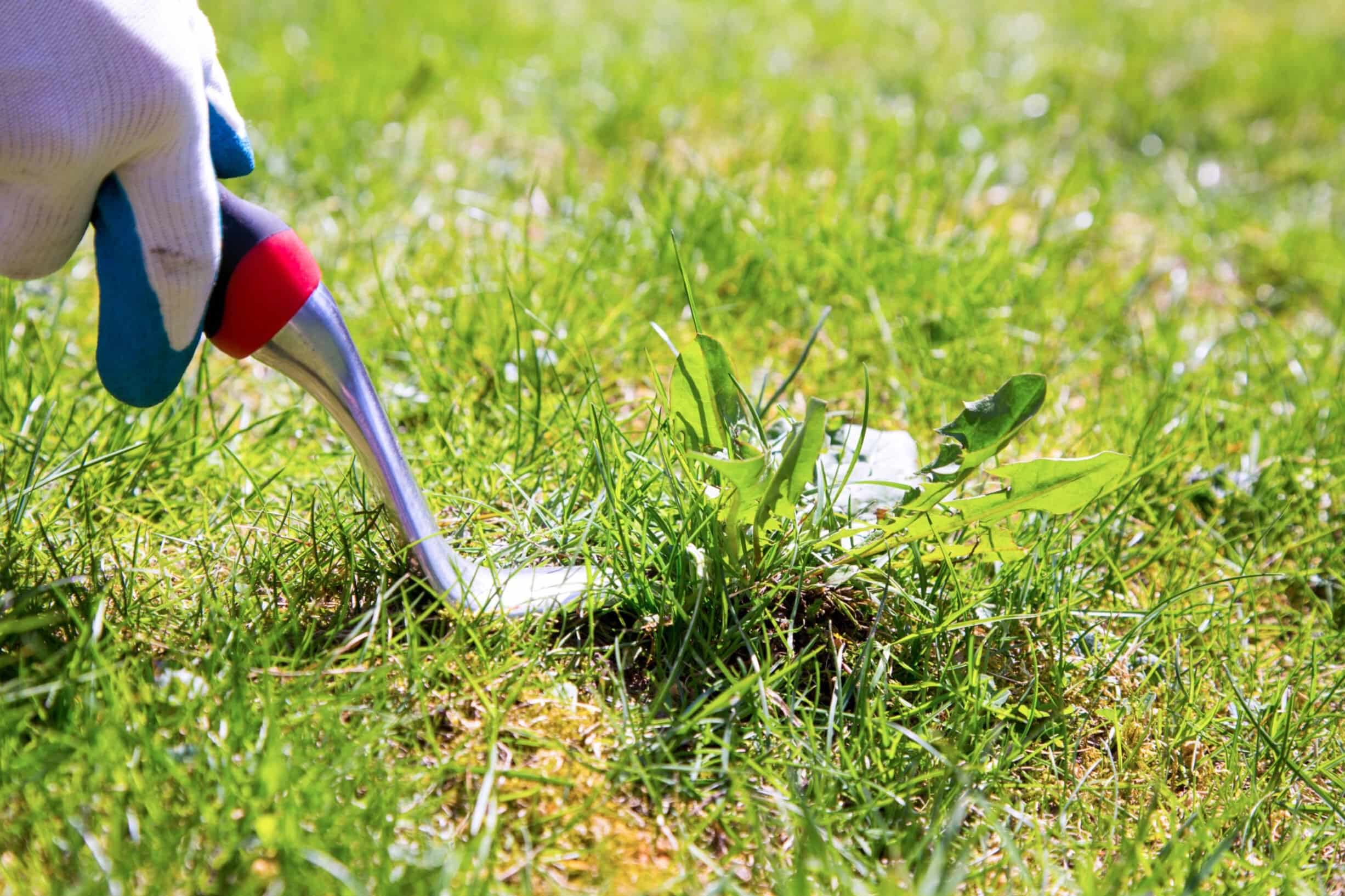
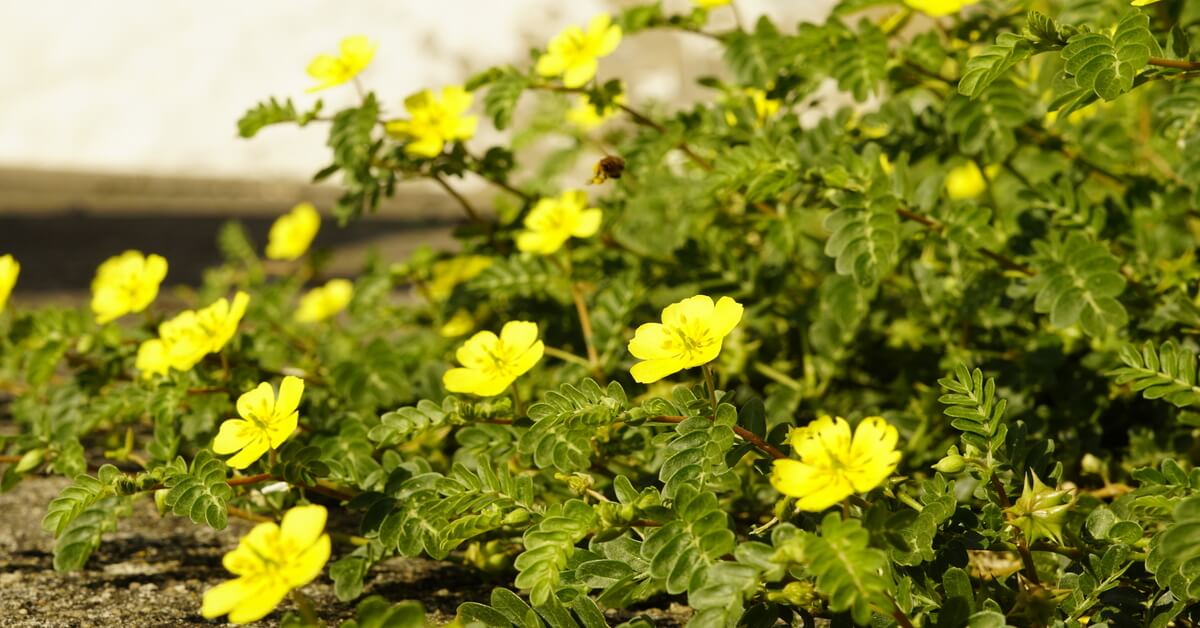
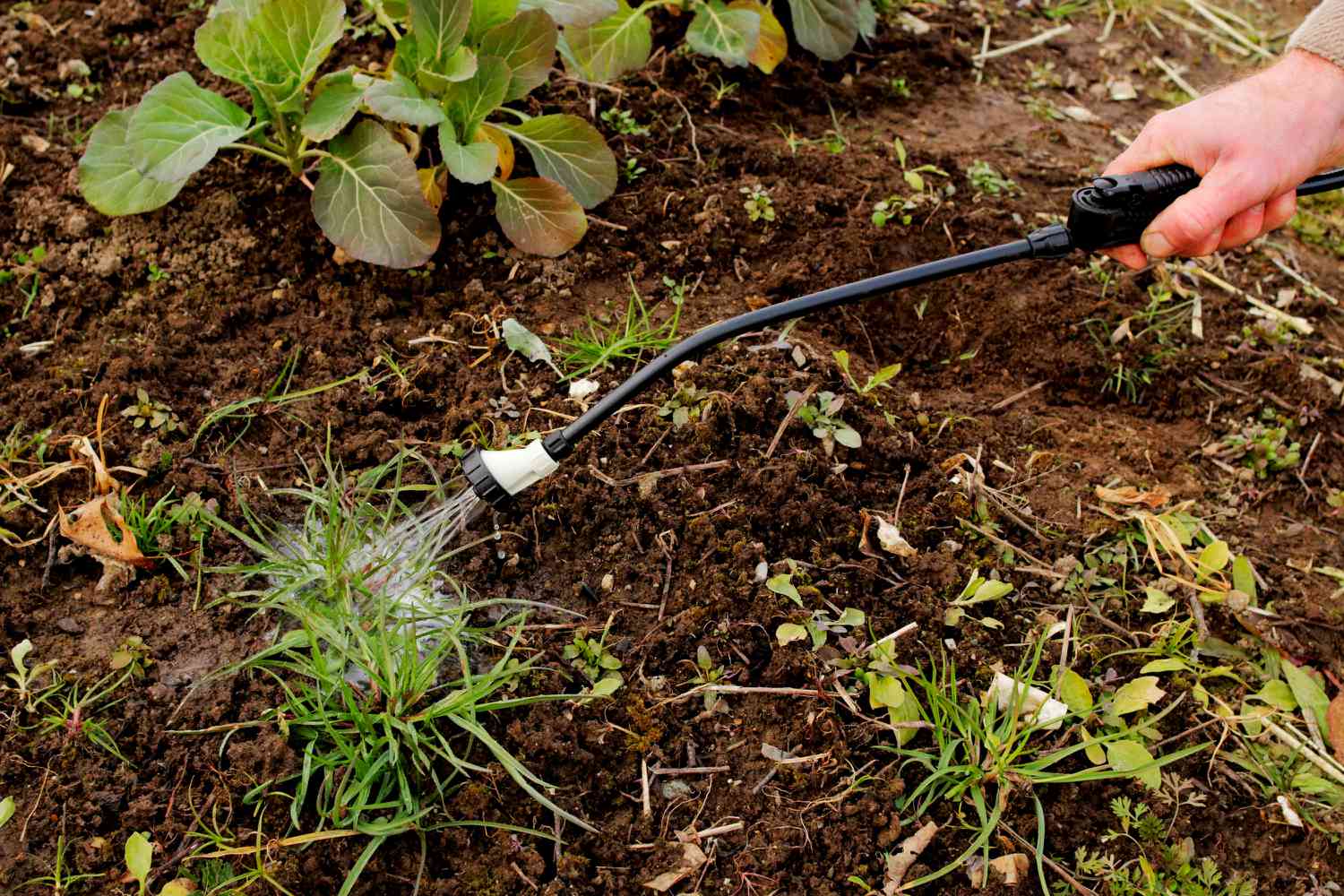
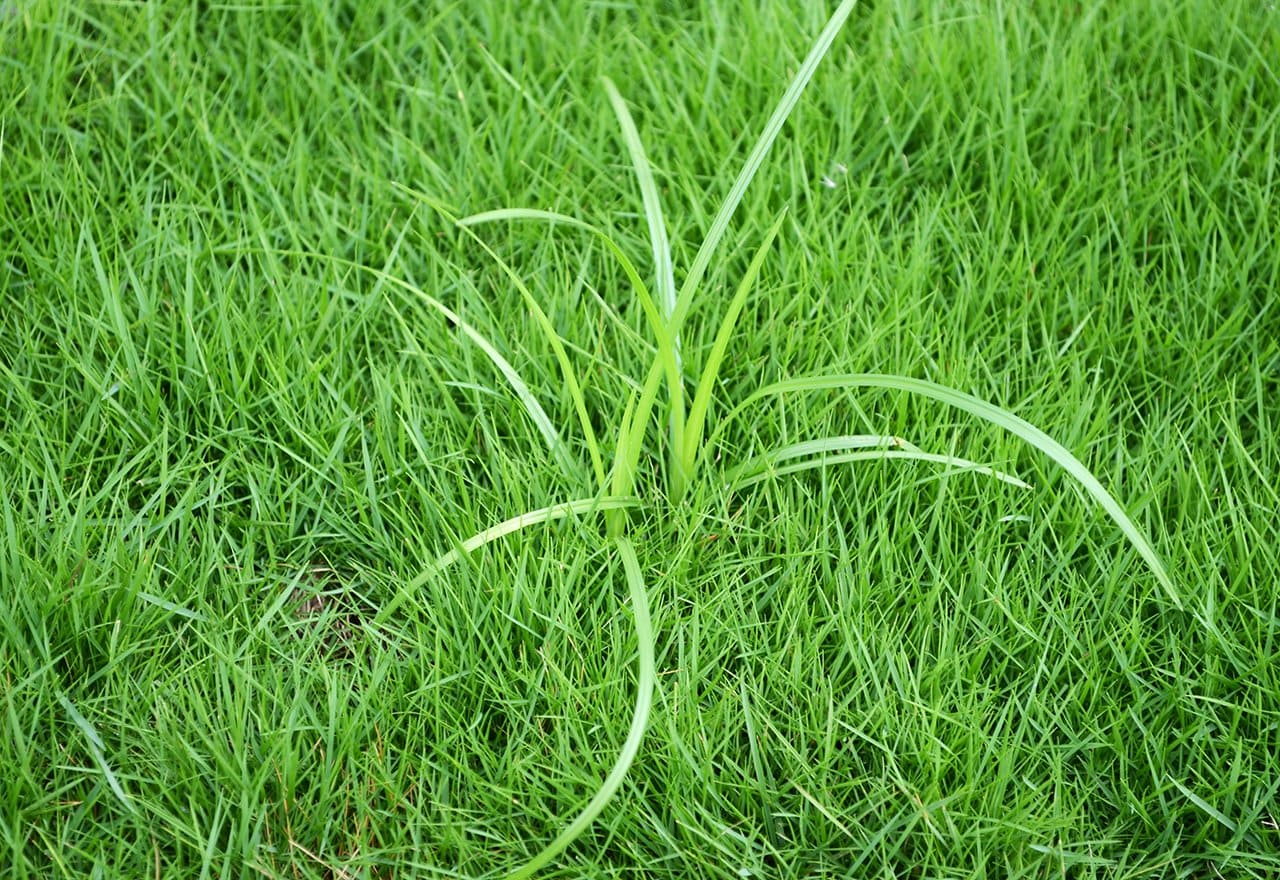
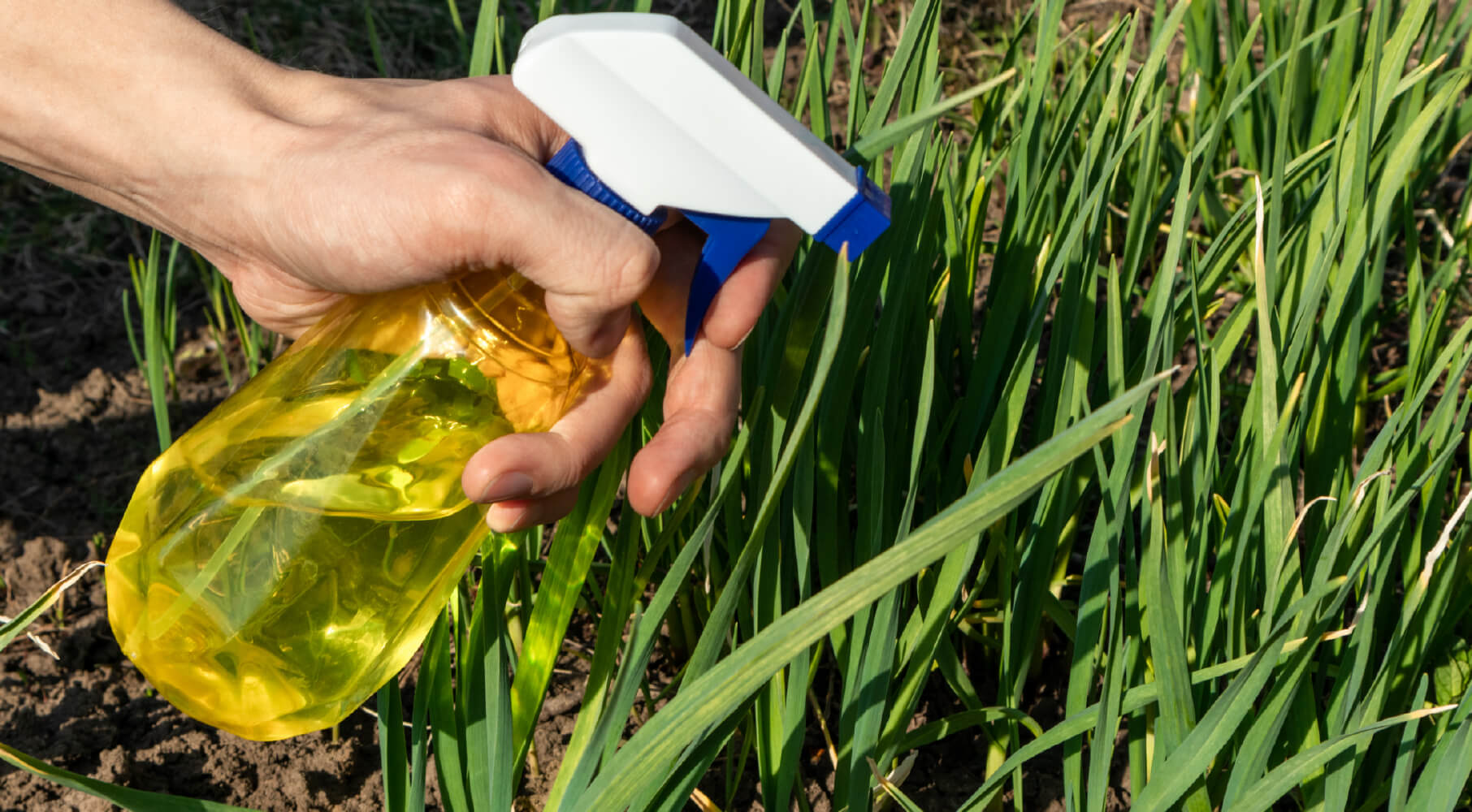
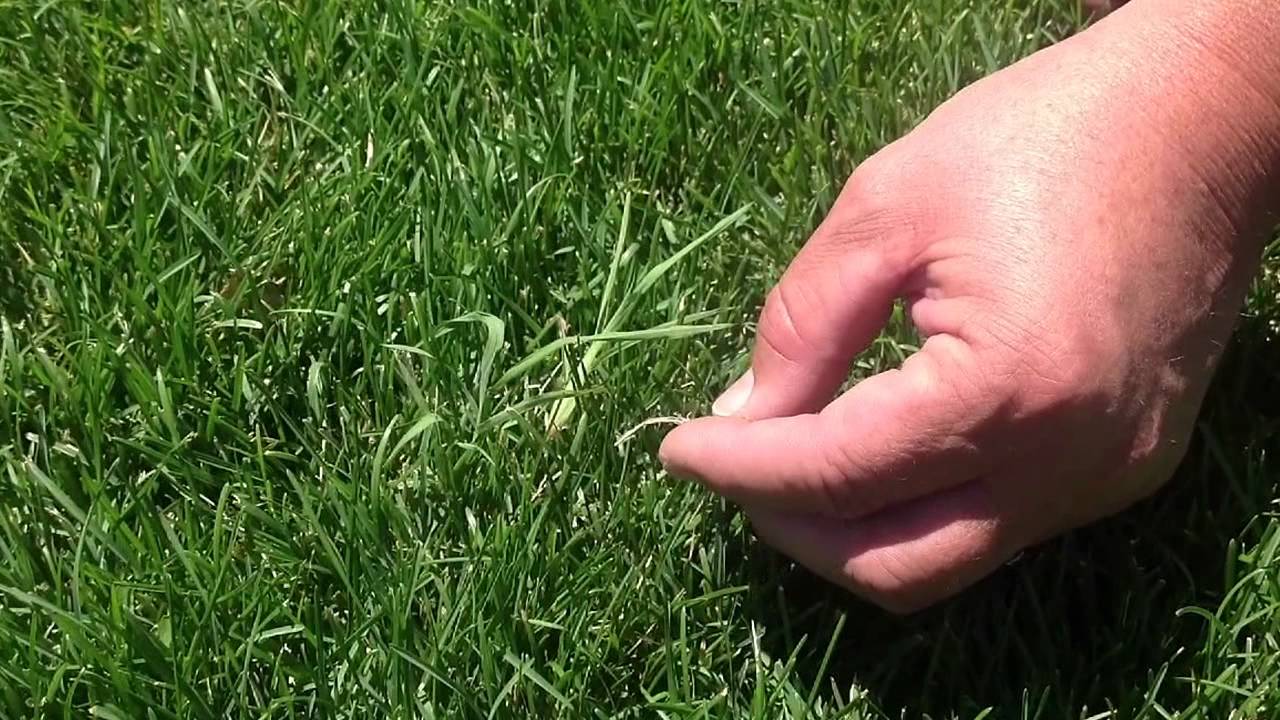
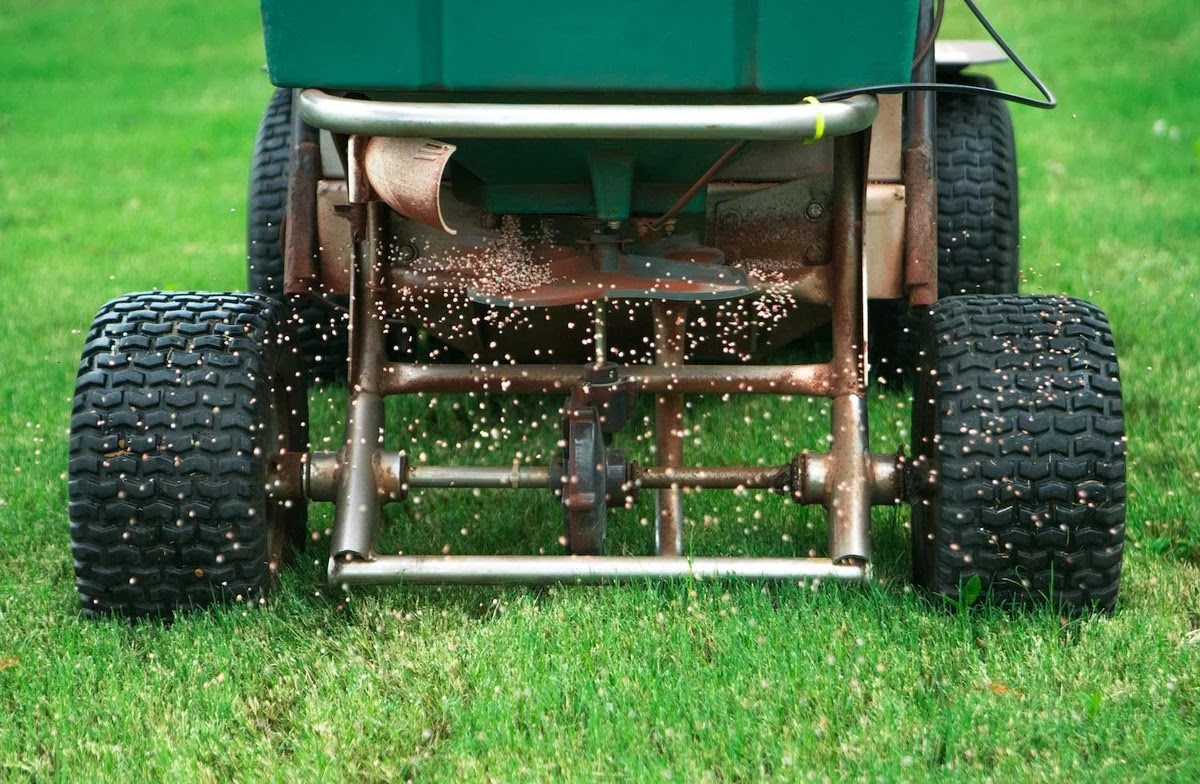
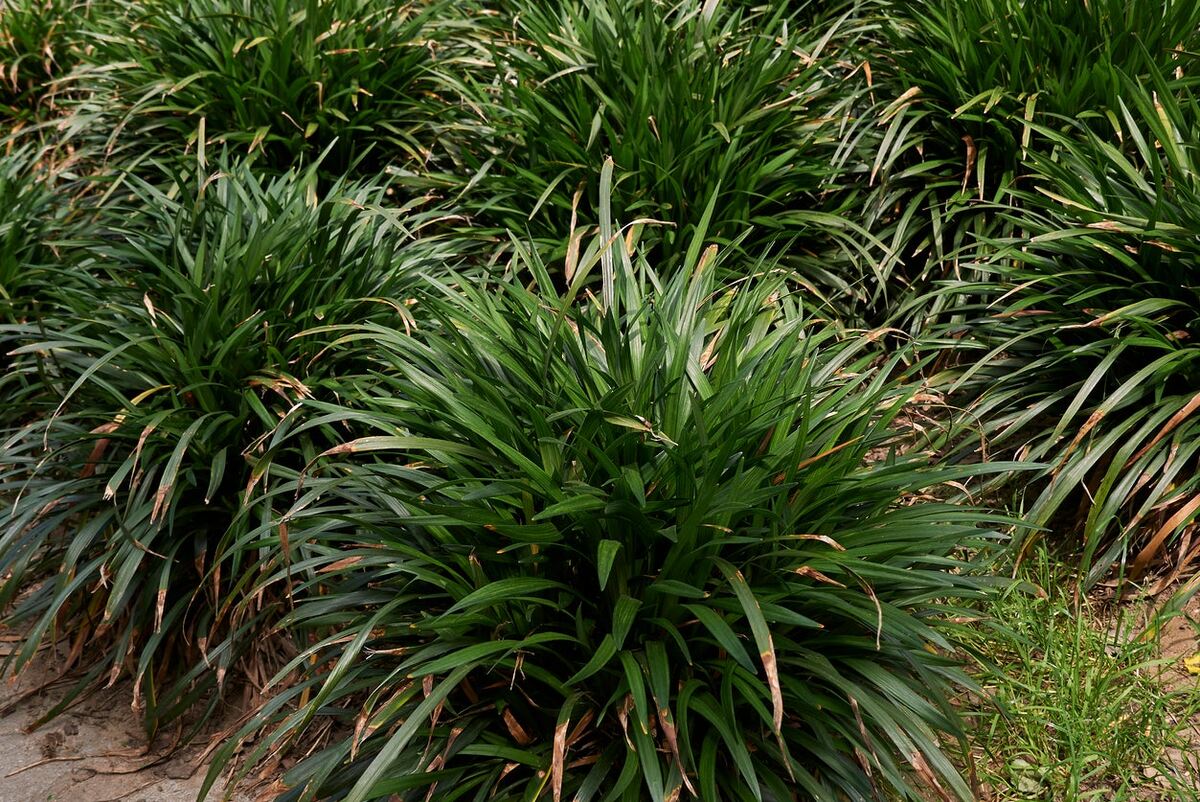
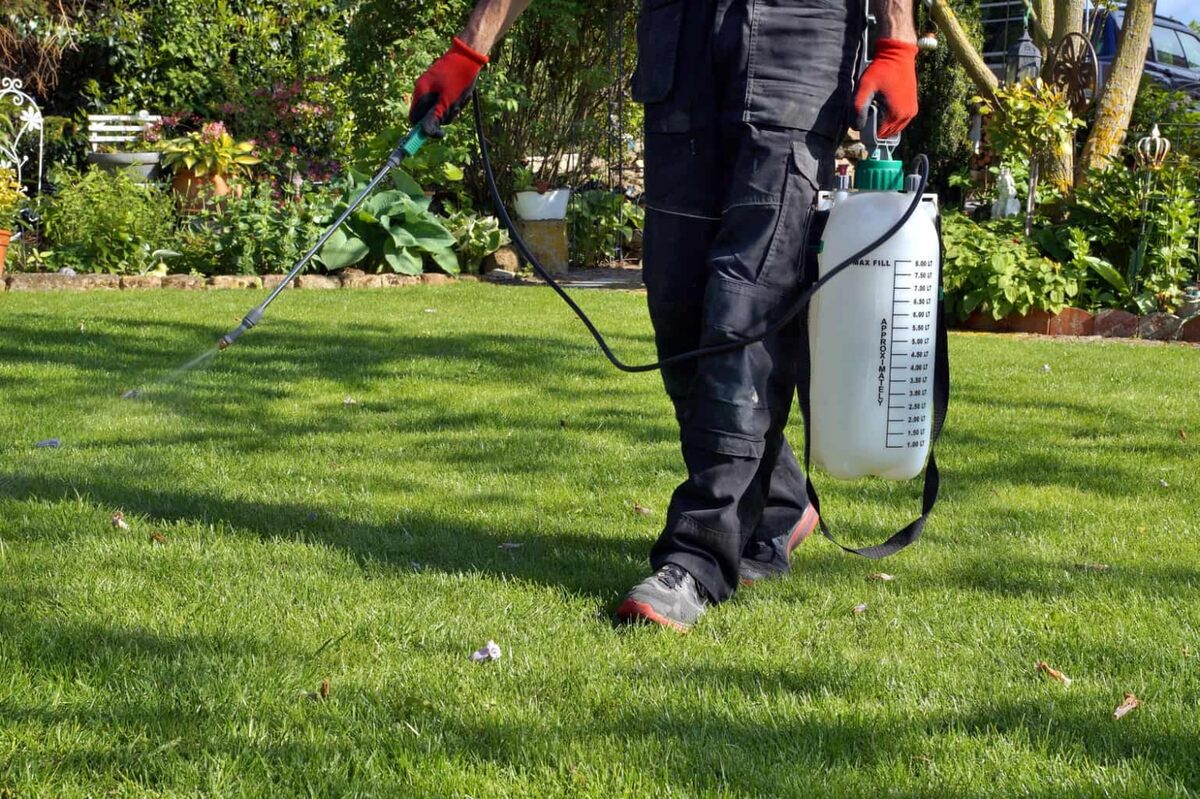
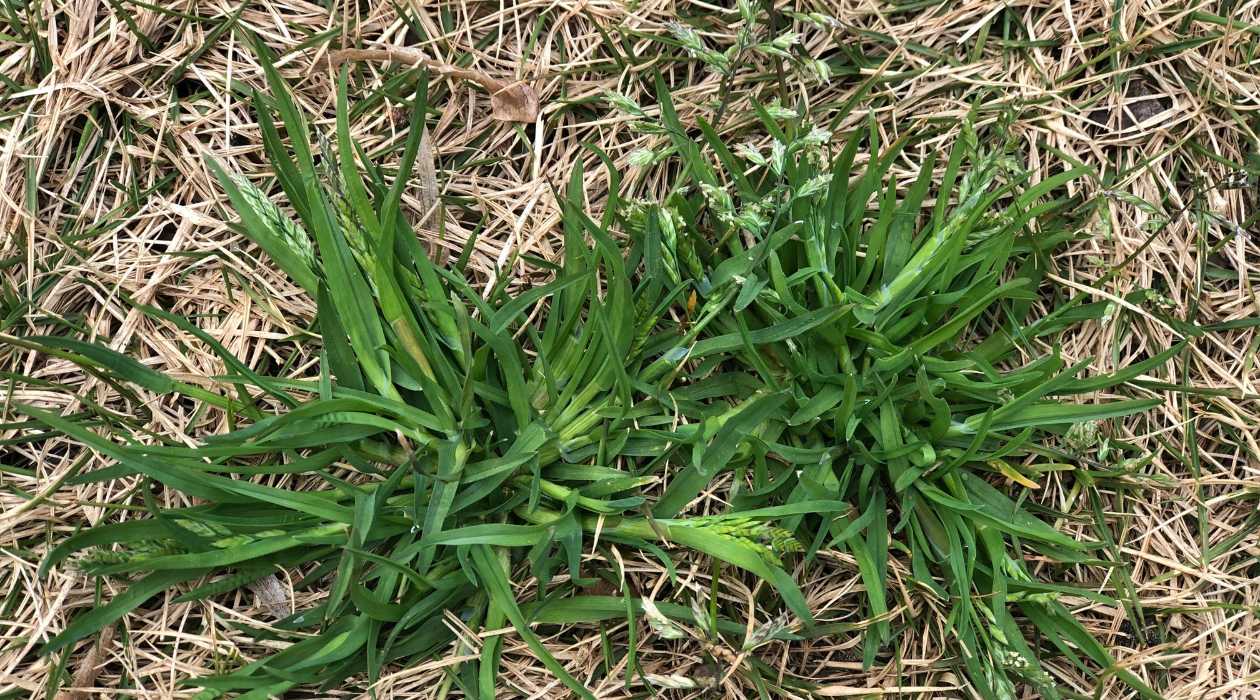
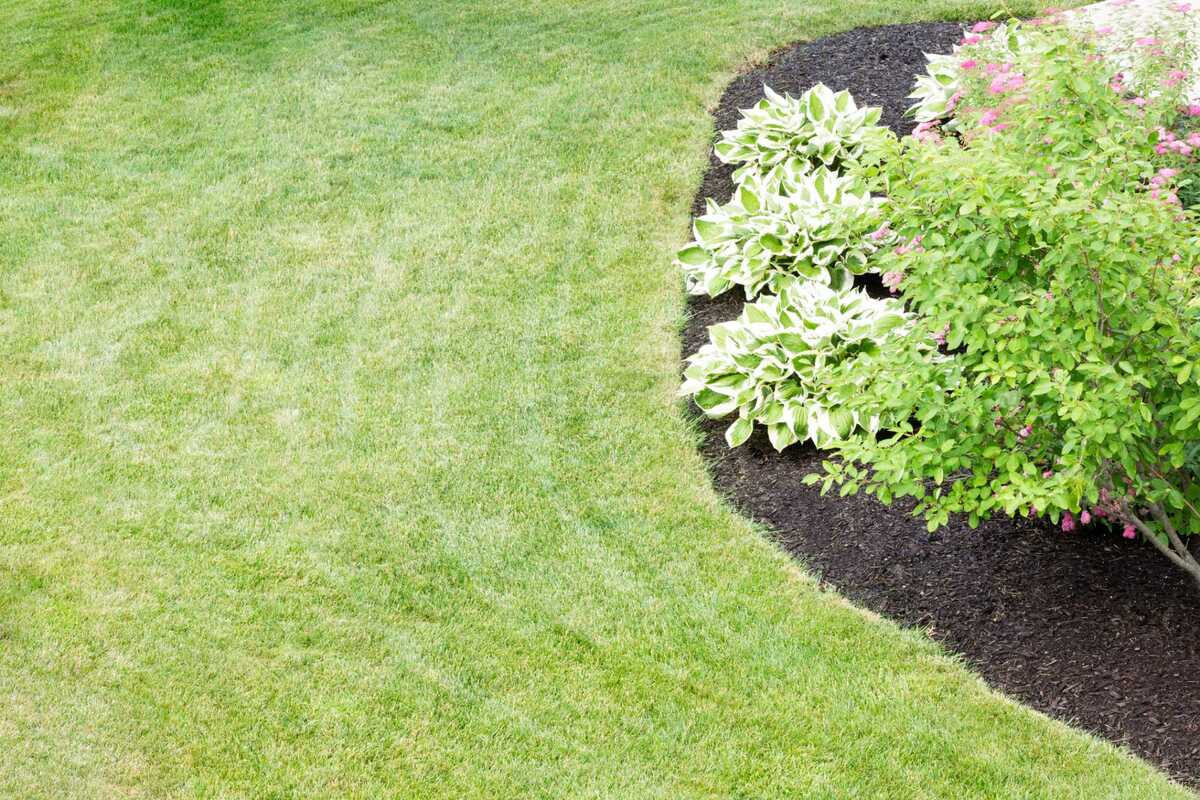
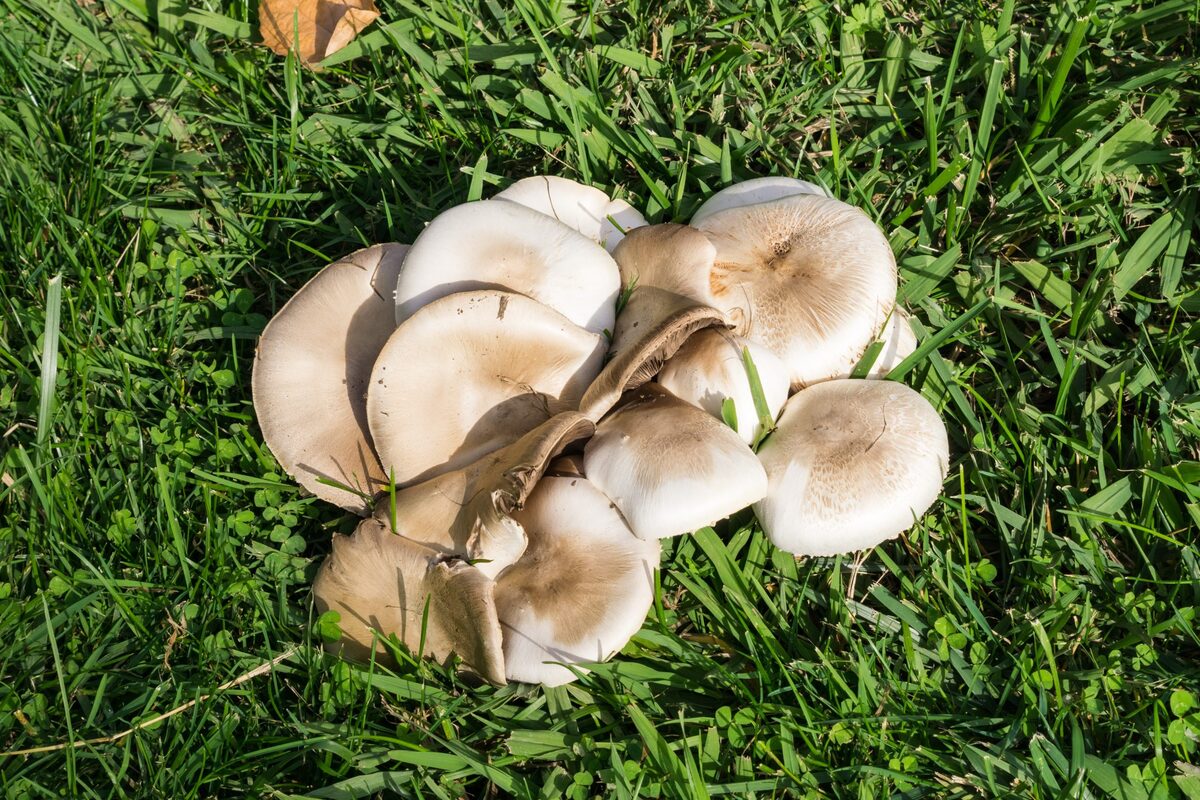
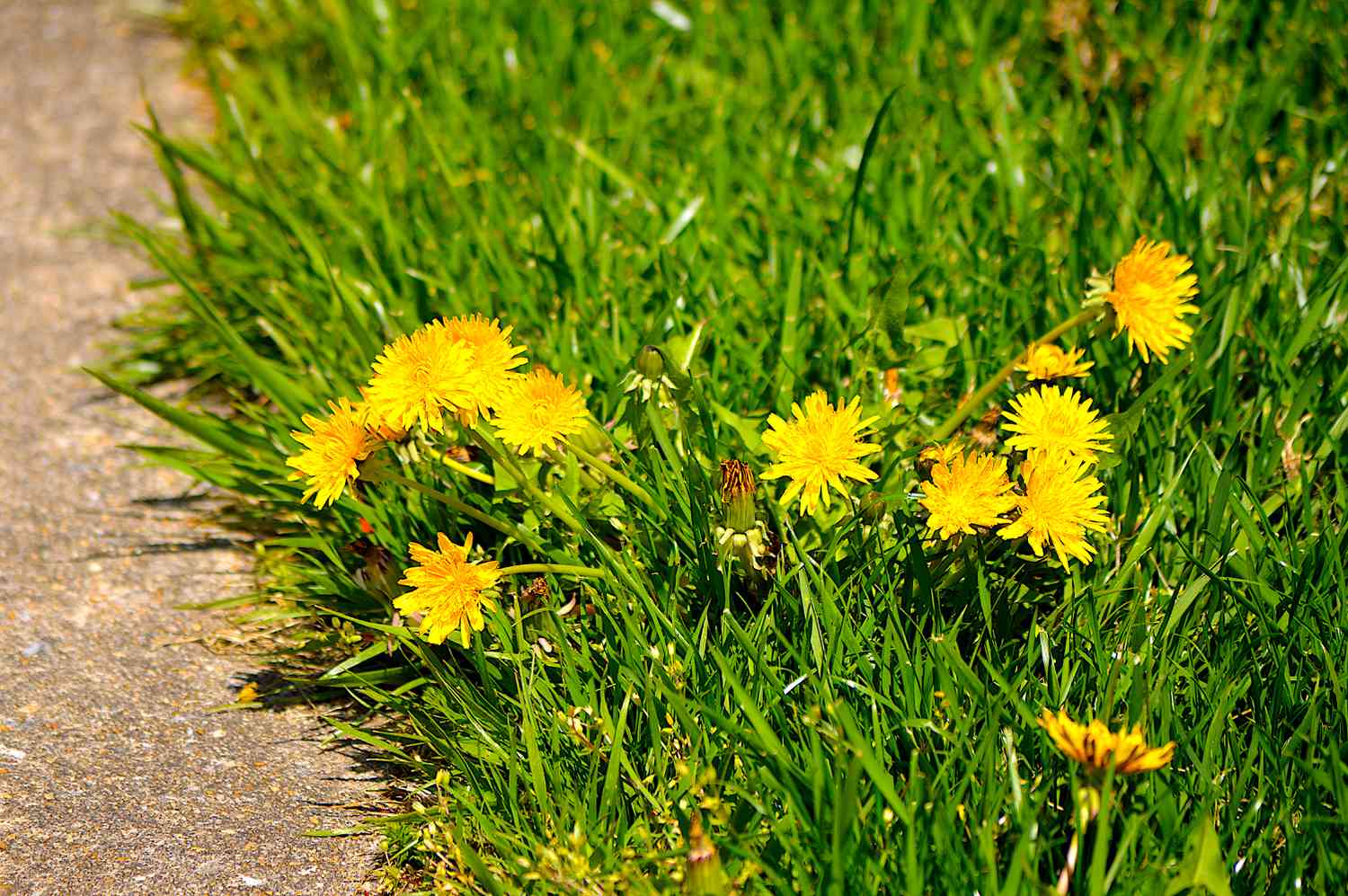
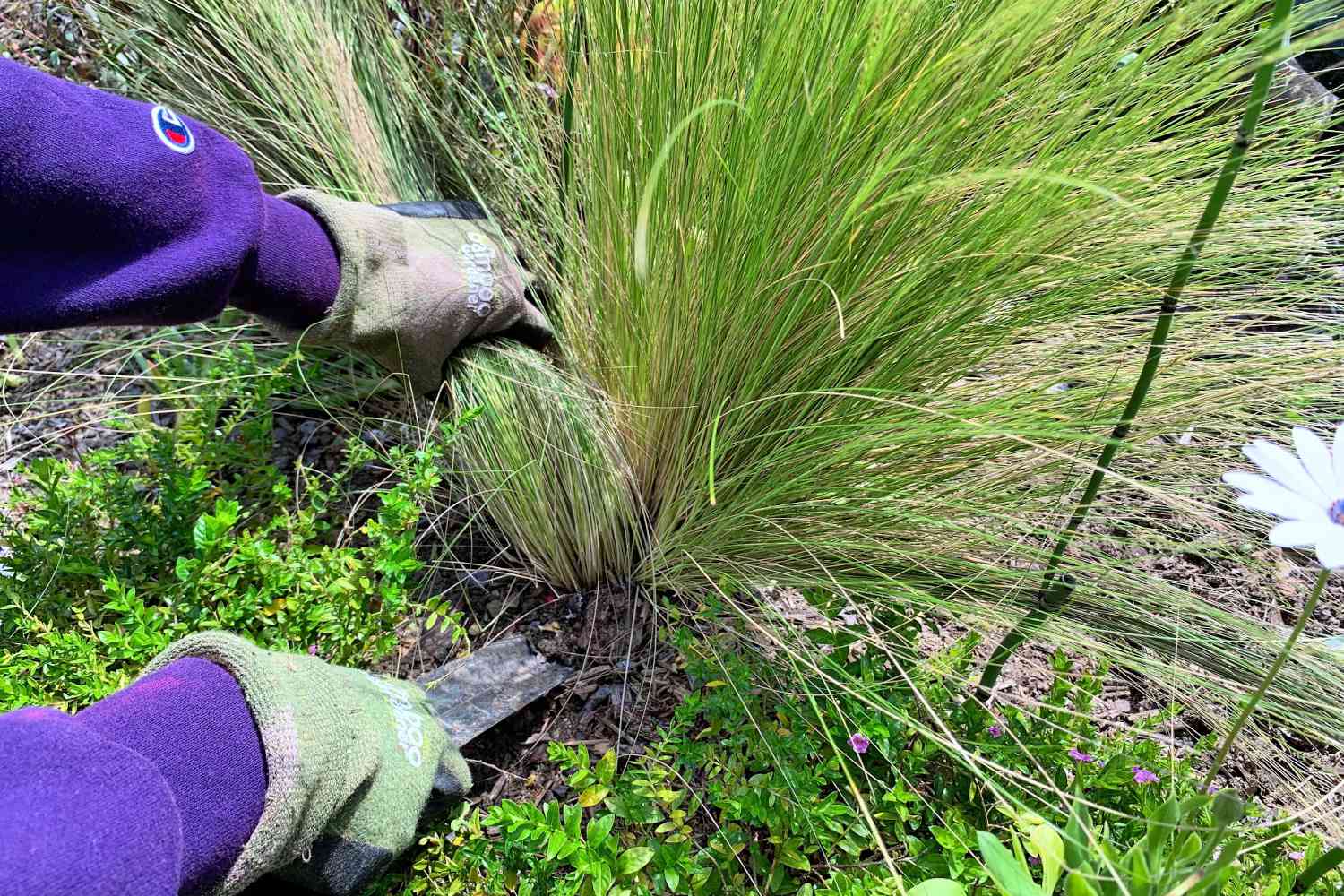

0 thoughts on “How To Kill Brome Grass”